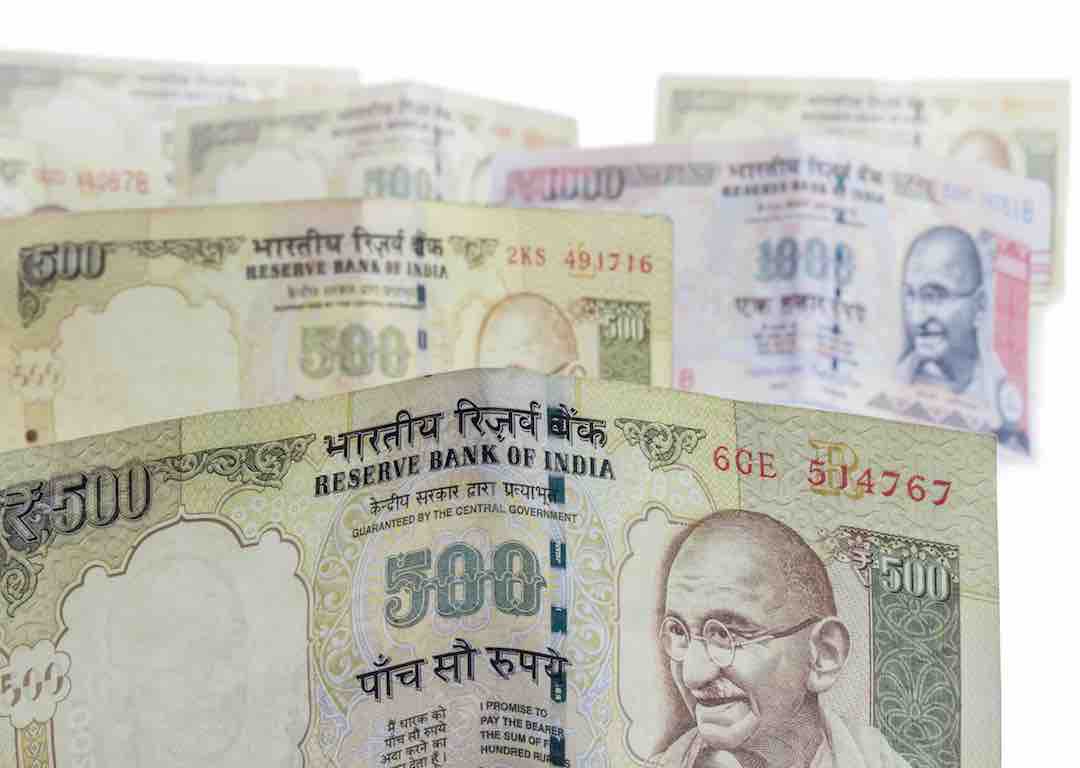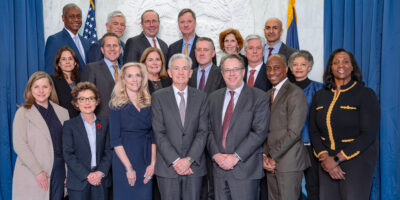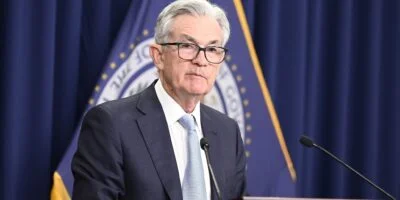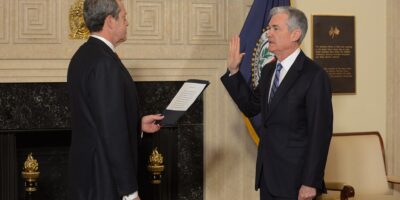Second Thoughts on Indian Demonetization
On November 8, 2016, Indian Prime Minister Narendra Modi announced that the 500 and 1000 rupee notes (worth roughly $7.50 and $15 at the time) would no longer be accepted. Note holders were given a limited window to deposit demonetized bills into Indian banks. They could also exchange up to 4,000 rupees per day for new notes. The ostensible goal was to deal with black market businesses, which would either have to deposit their ill-gotten gains in a bank (and risk questions concerning their source) or fail to exchange all of their notes before the window closed.
Like others writing on the subject at the time, I suspected there was a fiscal motive at play. The demonetization scheme removed roughly 85 percent of the currency from circulation. Surely some fraction of those notes would remain outstanding after the window closed. Some black market businesses would prefer a one-time tax to bringing their income into the light and risking larger sanctions. Some law-abiding citizens would be unable to deposit or exchange all of their old notes in time. As such, the demonetization scheme would enable the Indian government to increase the money supply by roughly the amount of demonetized notes outstanding when the window closed with little risk of increasing inflation. Perhaps the government would print new notes to pay its employees or finance infrastructure expenditures. Perhaps it would create new reserves and purchase government bonds or other financial assets. In either case, the result would be a large windfall for the government.
Only that’s not what happened. As the Reserve Bank of India reports, 98.96 percent of all demonetized notes were turned in. Given the unexpected announcement and short window, that is astounding. J.P. Koning offers a useful comparison:
When the Euro was introduced in January 2002, people were given fixed windows of time to redeem existing national banknotes before their money status was revoked. In the case of the Italian lira and French franc, individuals had till December 2011 and February 2012 respectively to bring in their notes for euros. By the time this ten-year exchange period was over, 99.15% of Italian lira had been returned while 98.77% of French francs made it back. Much of the unreturned 1% would have been withheld by the collecting community, the rest either being lost, buried, burnt in fires, or destroyed in floods.
In other words, Indians accomplished in mere months something that took Europeans ten years.
Needless to say, I was surprised to find that India’s demonetization scheme failed to generate much of a fiscal windfall. (I was less surprised that it failed a cost-benefit test.) However, on further reflection, I have come to think that we might have expected it.
Indians are adept at circumventing poor policies. They have had little choice but to innovate along these lines. Their country consistently scores near the bottom of the World Bank’s Ease of Doing Business Index—130th in 2017. In that environment, one must learn how to skirt the rules in order to survive. So, naturally, Indians have become quite skilled in navigating bureaucratic obstacles.
Rooting out corruption and discouraging economic activity in the informal sector are noble goals. But demonetization has proved ineffective. Instead of one-off policy shocks, which impose significant costs on the least well off, the Modi government should make it less cumbersome to produce and transact in the formal sector. For that, structural reform is required.










